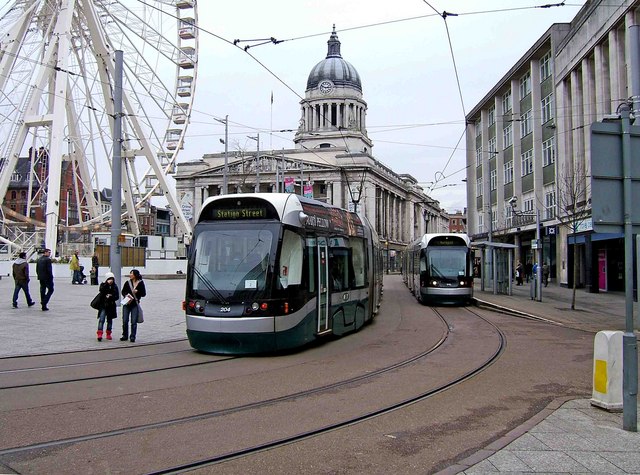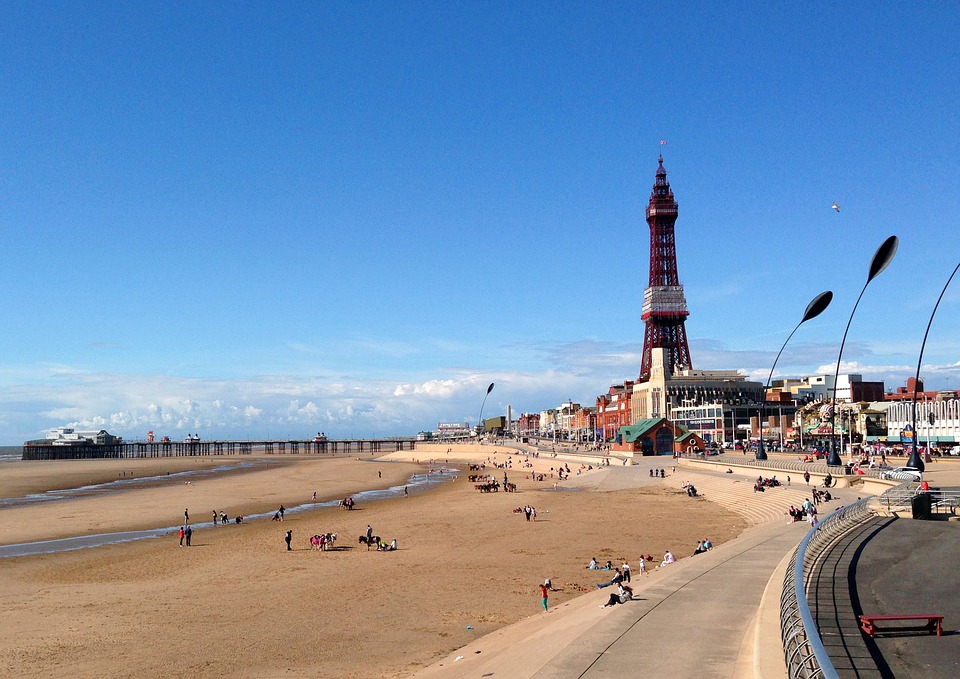Customer acquisition through destination marketing
Operators classically tailor marketing to their existing customer base rather than reaching new audiences through marketing content. Passenger has honed a strategy using 2 key areas for new customer acquisition.
23rd Apr 2019


The experience of a town or city’s transport network is fundamental to a visitor’s overall impression of a place. For those that live and work there, the available transport options will play an integral part of their daily life. As densely populated urban areas get busier, public transport’s role in getting people around increases.
In the world of public transport, marketing is different from practically every other industry. A huge part of its marketing activity is actually operational communications. The status of the network, any upcoming network changes, fares, and customer service on social media are all great examples.
Preaching to the choir
The problem is that the majority of this communication is targeted at customers who already use the services – those that have already been ‘acquired’ in sales and marketing terms. By continuing these traditional methods, it’s unlikely to acquire new audiences.
Of course, there are many operators that do a lot more than simply communicate what’s happening, but driving bus user growth needs an approach much like the rest of the retail marketing world – and not simply describing the product in features; Wifi, USB chargers, and a comfortable seats. A classic marketing mistake of selling the product, not the result.
We need to incept where the web-based enquiries begin. We need to tap into customer consciousness at the right time and in exactly the right circumstances. Not easy, given the overwhelming volume of inbound marketing we all receive, all the time.

Two key strategies for growth
We believe the answer comes in the form of two key strategies. One, opening up data and two, better application of the marketing platforms within your control; your apps, website and social media channels.
We are in a current transitional period between closed and open data, due to the forthcoming Bus Services Act for publishing bus data set for the end of this year, operators are faced with the questions; ‘what is open data?’, ‘what does that mean for us?’ and ‘why is it so important?’
As open data champions are informing us, making data available to others will help increase the reach of existing ‘operational marketing’, as it is utilised beyond the usual marketing channels into other realms where potential new customers are going for their attractions and events information.

A classic content and search engine optimisation strategy
Consider a common user journey; a lot of people start by looking for an event or place with a search engine. At this point, they’re not even consciously thinking about how they’re going to travel to it yet.
Getting your website pages to the top of the search results above everyone else is our first objective. But if they’re not searching for ‘bus [location]’ then we need to produce content for the terms they are interested in.
From a technical perspective, we win a top ranking by providing an optimised website (fast-loading, web pages served over HTTPS, etc) with great quality content about the event or attraction they’re actually looking for. Then, we earn ourselves the opportunity to upsell a travel option that they perhaps hadn’t considered; the bus.
This is taking advantage of classic search engine marketing techniques alongside a content strategy around destinations and the events that are taking place at them, such as running a Pay Per Click campaign to promote an attraction that you are explicitly able to provide a compelling travel option to.

As we’ve launched our updated ‘Things to Do’ feature, we’re making it easy for operators to create this content and publish it straight to high ranking website pages, and into mobile apps at the same time. Passenger Cloud has rapidly evolved into a single source of truth for marketing content too, building on its core proposition as a transport data platform. This additional content management capability is already allowing Passenger operators to lead the customer all the way through from ‘discovery’ to digital ticket purchase.
Since the start of 2018, we’ve implemented this strategy with partners Blackpool Transport and Cardiff Bus, both UK destinations that attract a lot of visitors every year. We rolled this out during the winter months to give everyone involved time to learn how to make the most of the new functionality and to give the product team time iterate with user feedback, ahead of peak season. Over a year on, the functionality of this marketing strategy has proven to be a successful way to create a secondary stream of customers.
If you’d like to know more about our ‘Things to Do’ feature and adding destination marketing into your strategy please get in touch.
Share this article

Newsletter
We care about protecting your data. Here’s our Privacy Policy.
Related news

Start your journey with Passenger
If you want to learn more, request a demo or talk to someone who can help you take the next step forwards, just drop us a line.